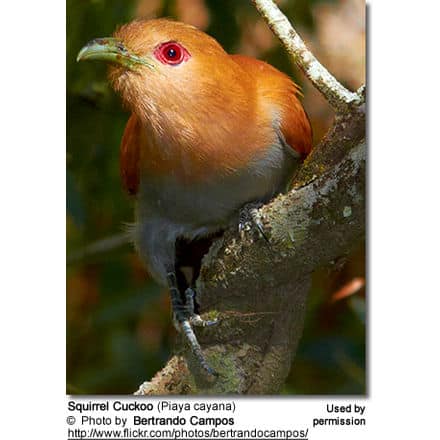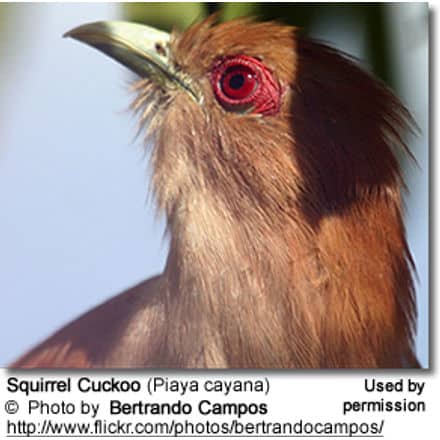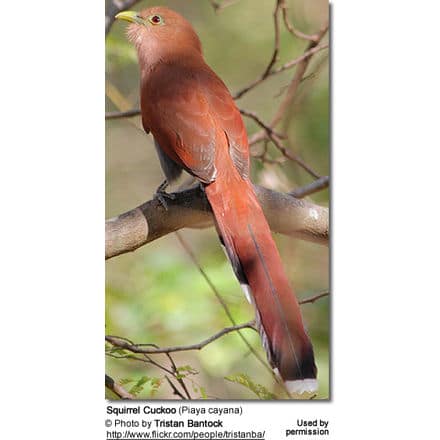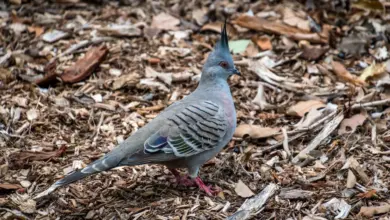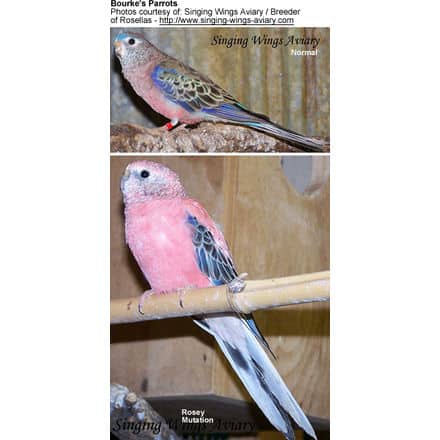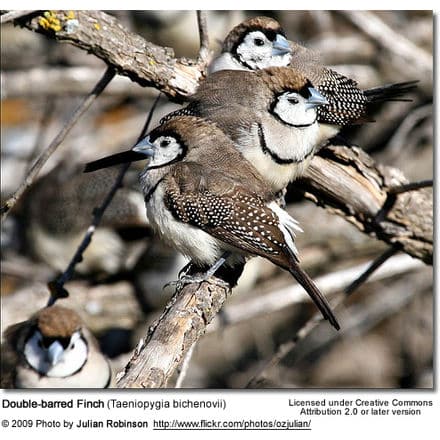Squirrel Cuckoos, Piaya cayana
The Squirrel Cuckoos (Piaya cayana) – also known as Chestnut Cuckoos or Chestnut-billed Cuckoos – are endemic to the Americas.
These birds were named for their similarities with squirrels – both in their body color as well as their movement in trees that resemble those of squirrels moving up and down the trunk of trees.
Squirrel Cuckoos are common across most of their natural range, and they have adapted well to human-altered habitats. Therefore, they are not currently at risk of extinction.
Distribution / Habitat
The Squirrel Cuckoos occur in …
Middle and Central America
- Northern Mexico south to Panama
South America
- West of the Andes to northwestern Peru (south to Lambayeque)
- East of the Andes, south to northern Argentina and Uruguay
- The island of Trinidad off the northeastern coast of Venezuela.
Habitat
- humid to semi-humid forests and deciduous forest
- forest edge, second growth
- coffee plantations
- open or semi-open country with scattered trees
Elevations
- Mexico: from sea level up to 6,600 feet (~2,000 meters)
- Costa Rica: from sea level up to 8,000 feet (~ 2,450 meters)
- Panama: from sea level up to 6,000 feet (~1,800 meters)
- Colombia: from sea level up to 8,900 feet (~2,700 meters)
- Venezuela: from sea level up to 8,200 feet (~ 2,500 meters)
- Ecuador: from sea level up to 7,000 feet (~2,200 meters)
- Peru: from sea level up to 9,200 feet (~2,800 meters)
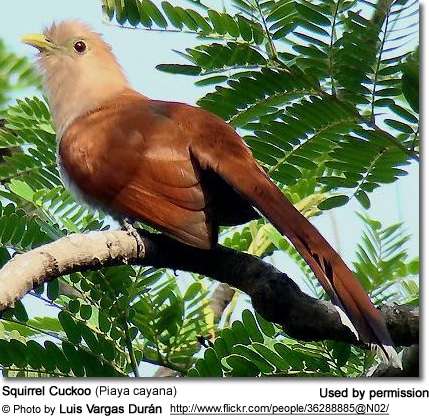
Subspecies and Ranges
The subspecies vary in the coloration of their underparts, throats, tails and eye-rings (red in the more northern populations and yellow in southern parts).
- Squirrel Cuckoo (nominate) (Piaya cayana cayana – Linnaeus, 1766)
- Range: Orinoco Valley of Venezuela east to the Guianas and south to the northern bank of the lower Amazon in northern Brazil
- ID: Red eye-rings
- Mexican Squirrel Cuckoo (Piaya cayana mexicana – Swainson, 1827)
- Range: Pacific slope of Mexico and inland south to Isthmus of Tehuantepec
- ID: Yellow eye-rings
- Middle American Squirrel Cuckoo (Piaya cayana thermophila – Sclater, PL, 1860)
- Range: Eastern Mexico (eastern San Luis Potosí and southern Tamaulipas south to Veracruz, Yucatán and Isthmus of Tehuantepec on Gulf coast south to near Tehuantepec City) through Central America to eastern Panama, northwestern Colombia and offshore islands
- ID: Yellow eye-rings
- Squirrel Cuckoo (nigricrissa) (Piaya cayana nigricrissa – Cabanis, 1862)
- Range: Western Colombia, east to the slopes of the central Andes, and western Ecuador to northwestern and east central Peru
- ID: Yellow eye-rings
Squirrel Cuckoo (mehleri) (Piaya cayana mehleri – Bonaparte, 1850)- Range: Northeastern Colombia east of the Gulf of Urabá to Magdalena Valley and along the western slope of east Andes, east in coastal Venezuela to the Paria Peninsula.
- ID: Outer tail feathers are mainly brown (not black), red eye-rings
- Squirrel Cuckoo (mesura) (Piaya cayana mesura – Cabanis and Heine, 1862)
- Range: Colombia east of the Andes and eastern Ecuador
- Squirrel Cuckoo (circe) (Piaya cayana circe – Bonaparte, 1850)
- Range: Western Venezuela south of Lake Maracaibo
- Triniad Squirrel Cuckoo (Piaya cayana insulana – Hellmayr, 1906)
- Range: Island of Trinidad
- Squirrel Cuckoo (obscura) (Piaya cayana obscura – Snethlage,E, 1908)
- Range: Central Brazil south of the Amazon, from Rio Juruá to Rio Tapajós, and south to upper Gy-Paraná
- ID: Red eye-rings
- Squirrel Cuckoo (hellmayri) (Piaya cayana hellmayri – Pinto, 1938)
- Range: Brazil south of the Amazon, from Santarem to the Amazon delta, and coast of northern Maranhão.
- ID: Red eye-rings
- Ceará Squirrel Cuckoo (Piaya cayana pallescens – Cabanis and Heine, 1862)
- Range: Eastern Brazil (Piauí, Pernambuco, northern Bahia and adjacent eastern Goiás)
- ID: Red eye-rings
- Squirrel Cuckoo (cabanisi) (Piaya cayana cabanisi – Allen, 1893)
- Range: South central Brazil (central Mato Grosso and adjacent Goiás) to northern São Paulo
- ID: Red eye-rings
- Squirrel Cuckoo (macroura) (Piaya cayana macroura – Gambel, 1849)
- Range: Southeastern Brazil to Paraguay, Uruguay and northeastern Argentina
- ID: Red eye-rings
- Squirrel Cuckoo (mogenseni) (Piaya cayana mogenseni – Peters,JL, 1926)
- Range: Southern Bolivia and adjacent northwestern Argentina
- ID: Red eye-rings
- Squirrel Cuckoo (extima) (Piaya cayana extima)

Description
Size
- Length: 15.9 – 20 inches (40.5 – 50 cm)
- Weight: 3.4 – 4.2 oz (95 – 120 grams)
Plumage Details / Adults
- Upper plumage is rufous brown / chestnut brown
- Throat and chest are paler
- Lower chest is grey
- Abdomen is blackish
- Central tail feathers are rufous above; outer tail feathers are black with white tips
Other Physical Details
- Very long, graduated tail
- Yellow bill
- Red eyes (irises)
- Either red or yellow eyerings (depending on subspecies)
Juvenile Description
- Grey bills
- Brown eyes
- Grey eye rings
- White markings on tail less extensive than in the adult
Similar Species
These birds are quite distinctive throughout their range and are unlikely to be confused, except by the casual observers.
They somewhat resemble the Black-bellied Cuckoo (Piaya melanogaster) found in lowlands areas of northern and central South America east of the Andes. However, the Black-bellied Cuckoo has a grey crown, red (not greenish yellow) bill, blue eye rings and blackish abdomen.
They also resemble the Little Cuckoos, but those are smaller in size and have darker throats.
Diet / Feeding
Squirrel Cuckoos primarily feed on insects, including caterpillars, walking sticks, grasshoppers, beetles, wasps, bees, army ants, cicadas, hemipteras, odonates and spiders.
To a lesser extent, they take small lizards and some small fruit.
There is one report of one bird killing a frog, but then abandoned it – maybe because of its large size.
They typically forage in the mid-story and canopy. Flying insects may be caught in mid-air.
Occasionally, they join mixed-species feeding flocks.
Breeding / Nesting
Nest Placement:
- In trees or in dense low dense growth vegetation
Nest Construction:
- Nest material believed to be gathered by male and taken to the female to arrange it to her liking
- Completed nest is a stick nest with a loose foundation and lined with a thick mass of leaves
Egg-laying / Brooding:
- Typical clutch consists of 2 white, unmarked eggs
- Males and females share incubation duties
- The incubation period is 18 – 19 days to hatching
Chick Care:
- Both parents feed the young
Calls / Vocalizations / Sounds
- Calls: explosive KEEP WAHH; sounds resembling “jicaro“; loud kikerah or geep-kareer; a gruff, nasal chek-e-rehr or sheh-k-ker; or a sneezing rhi-KID’d’oo“; in flight: trrt-trrt-trrt-trrt
- Songs: whistled wheep wheep wheep wheep
https://www.xeno-canto.org/embed.php?XC=146415&simple=1
Alternate (Global) Names
Chinese: ???? … Czech: Kukacka guyanská, kuka?ka vever?í … Danish: Egerngøg … Dutch: Eekhoornkoekoek … Estonian: oravkägu (hallkõht-oravkägu) … Finnish: Oravakäki … French: Piaye écureuil … German: Cayenne-Fuchskuckuck, Cayennekuckuck, Eichhornkuckuck … Guarani: Tingasu … Italian: Cuculo scoiattolo, Cuculo scoiattolo della Cayenna … Japanese: haimunerisukakkou, risukakkou … Norwegian: Ekorngjøk … Polish: rudzianka wielka … Portuguese: alma-de-caboclo, Alma-de-gato, atingaú, chincoã, crocoió, maria-caraíba, meia-pataca, oraca, pataca, pato-pataca, rabilonga, rabo-de-escrivão, rabo-de-palha, ticoã, tincoã, tinguaçu, uirá-pagé … Russian: ??????? ????????????? ???????, ????????????? ?????, ????? … Slovak: Kukavka krovinná, kukavka krovinová … Spanish: Alma de Gato Canela, Cuclillo Canela, Cuco Ardilla, Cuco ardilla Común, Cuco-ardilla Común, Pajáro león, Pirincho de Monte, Tingazú, Urraca Canela … Swedish: Ekorrgök

